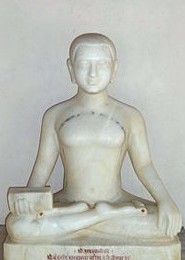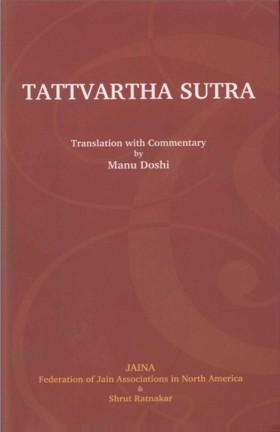Now we come to chapter four that deals with Urdhvalok (celestial abodes). The question may arise about the purpose of learning about the infernal world or the upper world. There are at least three factors to justify the study of such cosmological aspects,
- We are dealing with Tattvartha Sutra and need to consider what is given therein,
- The concept of Jain geography and cosmology, though not in accordance with the present knowledge, is interesting; some of its particulars make sense. Moreover, we can thereby make out how the minds of our ancient seers were working,
- Those particulars lay the range and the types of abodes, where a soul can be born. That can induce us to think that we must have been born in all those wholesome and unwholesome abodes at different times and would continue to do so, unless we undertake the spiritual pursuit for ending the cycle of birth and death.
This chapter has 53 sutras as per Shwetāmbar version and 42 as per Digambar version. The difference mainly arises because the Shwetāmbar version gives the maximum and the minimum life spans of various cosmic beings type by type in the last 25 sutras; while the Digambar version gives it within 14 sutras.
 Acharya Umaswati
Acharya Umaswati
